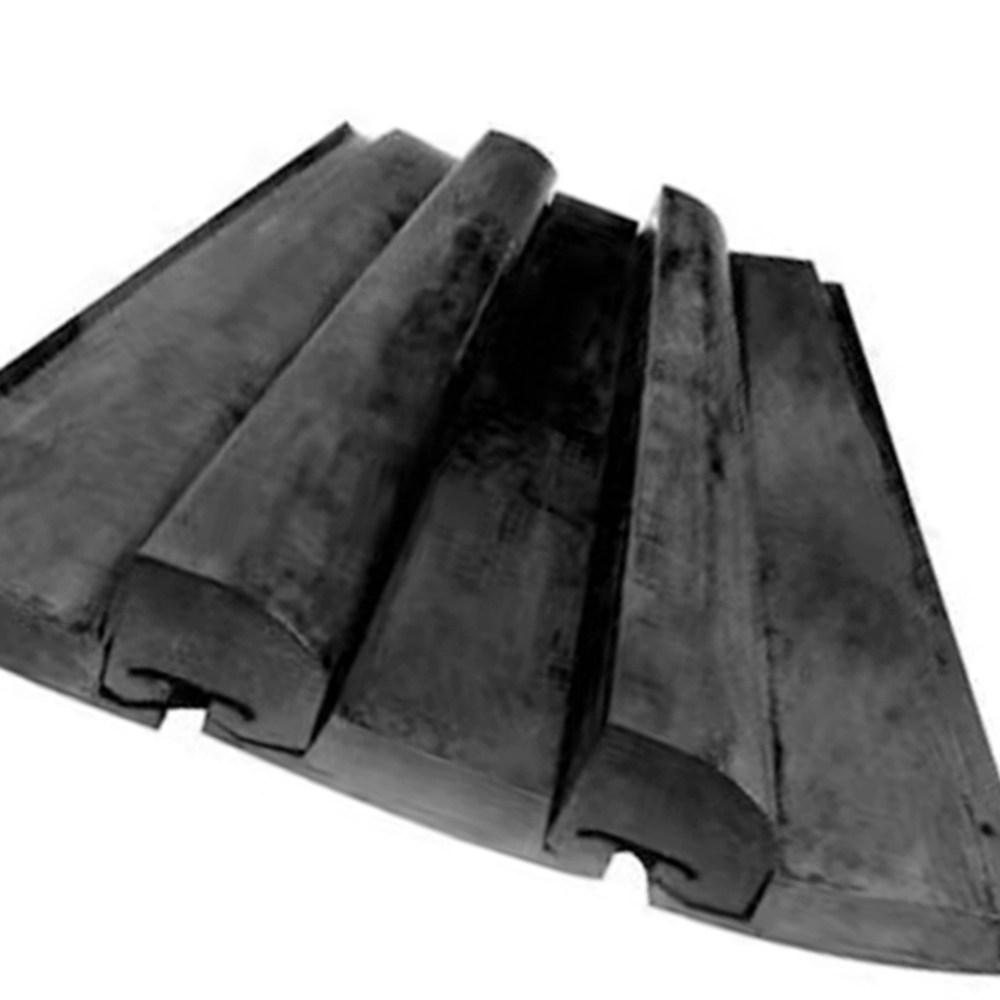
Privacy statement: Your privacy is very important to Us. Our company promises not to disclose your personal information to any external company with out your explicit permission.
The production process of rubber rollers generally follows several processes: rubber compound preparation, rubber roller molding, rubber roller vulcanization and surface treatment. So far, most enterprises are still based on manual unit production. In recent years, with the continuous development of injection, extrusion and winding technologies, rubber roll forming and vulcanization equipment has gradually made the production of rubber rolls onto the fast lane of mechanization and automation. Thus, the continuous production from the rubber material to the molding and vulcanization process is realized, the production efficiency is doubled, and the working environment and labor intensity are greatly improved. Because the rubber surface of the rubber roller is not allowed to have any impurities, trachoma and air bubbles, there must be no scars, defects, grooves, cracks and the phenomenon of local sponge and soft and hard. Therefore, only by maintaining absolute cleanliness and precision work during the entire production process, and achieving unified operation and technical standardization, can the quality of batch products be ensured. At present, the processes of combining rubber and metal core, pasting, injection molding, vulcanization and grinding have all become high-tech processes.
Rubber material preparation in rubber roller production process
For rubber rollers, rubber compounding is the most critical link. There are more than 10 kinds of rubber materials for rubber rollers from natural rubber, synthetic rubber to special materials, with a rubber content of 25% to 85% and a hardness of soil (0 to 90) degrees, which spans a huge range. The conventional method is to use an open-type rubber mixer to mix and process in the form of various master batches. The so-called rubber compounder is a kind of rubber compounding machine which is used by rubber factories to prepare compound rubber or to heat compound, plasticize and release the rubber compound. But these are a kind of mixing plastic equipment. In recent years, companies have switched to meshing internal mixers to produce rubber compounds in a staged mixing manner.
After the rubber compound is evenly mixed, a rubber filter machine is used to filter the rubber to eliminate impurities in the rubber compound. Then use the calender, extruder, and laminating machine to make films or rubber strips without bubbles and impurities for the rubber roll molding. Before molding, these films and strips must be strictly visually inspected and kept fresh to prevent sticking and extrusion deformation. There should be no impurities and bubbles on the surface of the film and rubber strip, otherwise there may be sand holes when the surface is ground after vulcanization.
Rubber roller forming in rubber roller manufacturing process
Rubber roller molding is mainly to stick coated rubber on the metal core. Common methods include wrapping method, extrusion method, molding method, injection method and injection method. At present, most domestic enterprises mainly rely on mechanical or manual paste molding, and most foreign countries have realized mechanical automation. Large and medium-sized manufacturing enterprises basically adopt profiling extrusion, which is produced by extruded film continuous pasting or extrusion tape continuous winding. At the same time, during the molding process, the specification size and appearance shape are automatically controlled by a microcomputer, and some can also be molded by the method of extruder right angle and profile extrusion.
Adopting profiling extrusion and microcomputer automatic control molding method can eliminate the possible air bubbles, and at the same time reduce the labor intensity to the maximum extent. In order to prevent the deformation of the rubber roller during vulcanization and the formation of air bubbles and sponges, a flexible pressure method is also used for the molding process of the wrapping method. Usually, several layers of cotton cloth or nylon cloth are wrapped and wrapped on the outer surface of the rubber roller, and then fixed and pressed with steel wire or fiber rope.
For small and micro rubber rollers, a variety of production processes such as manual placement, extrusion sleeve, injection pressure, injection and casting can be used. In order to improve production efficiency, most of the molding methods are now used, and the accuracy is much higher than that of the non-molding method. The injection and injection of solid rubber and the pouring of liquid rubber have become the most important production methods.

June 01, 2023
Mail a questo fornitore

Privacy statement: Your privacy is very important to Us. Our company promises not to disclose your personal information to any external company with out your explicit permission.

Fill in more information so that we can get in touch with you faster
Privacy statement: Your privacy is very important to Us. Our company promises not to disclose your personal information to any external company with out your explicit permission.